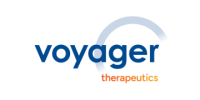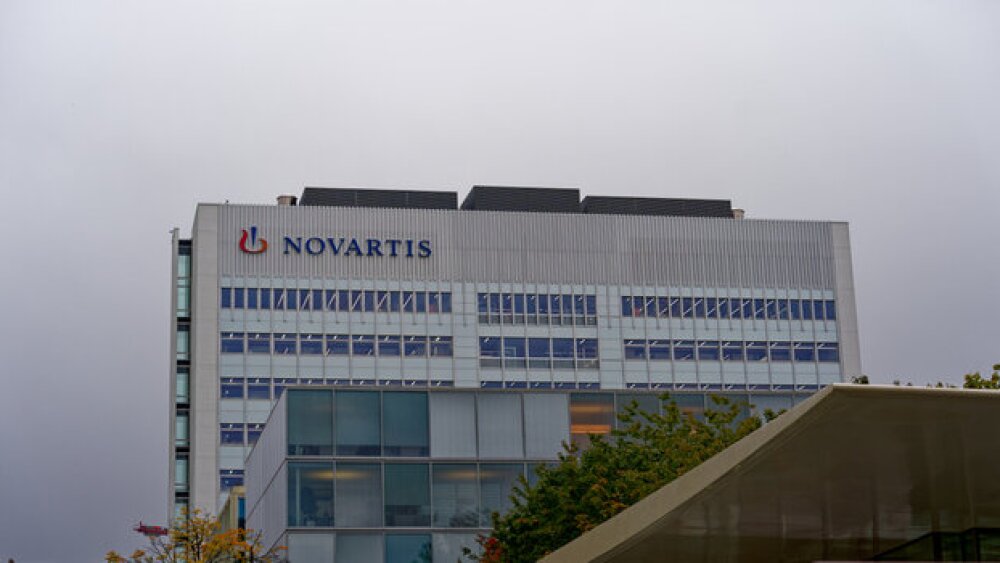
Voyager Therapeutics
NEWS
We are in an unprecedented time in neurotherapeutics. Medicines that address the causative disease biology underlying central nervous system
The Swiss pharma is looking to leverage Voyager Therapeutics’ capsid technology for gene therapies aimed at treating Huntington’s disease and spinal muscular atrophy.
To protect the central nervous system, the blood-brain barrier bars entry to around 98% of molecules—but approaches like Roche’s trontinemab could spell new hope in Alzheimer’s and beyond.
Recent data from the Phase III study of donanemab emphasize a correlation between amyloid and tau. Experts say a greater understanding of this link could further Alzheimer’s drug development.
There have already been several big biotech licensing deals in Q1. See inside for some of this quarter’s biggest licensing deals — from the surprising and pivotal to the lucrative and consequential.
Voyager Therapeutics unlocked a potential $600 million plus $25 million upfront as Novartis exercised its option to leverage the company’s capsids against two undisclosed neurologic disease targets.
The neurodegenerative drug development space saw incremental victories in 2022. Leaders from Eisai, Voyager and QurAlis discuss upcoming milestones.
Neurocrine Biosciences and Voyager Therapeutics inked a CNS-targeted collaboration potentially worth a potential $4.4 billion.
BioSpace spoke with several leaders to gather their thoughts and predictions for the new year. Here is the first installment of this two-part series.
JOBS
IN THE PRESS







